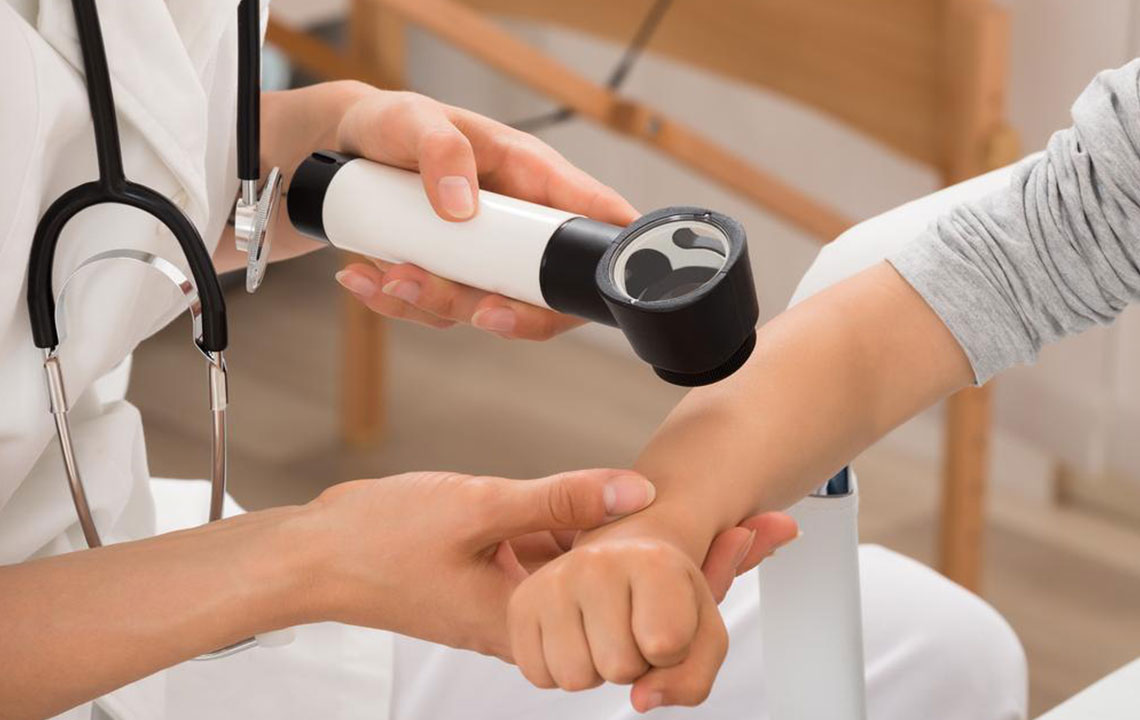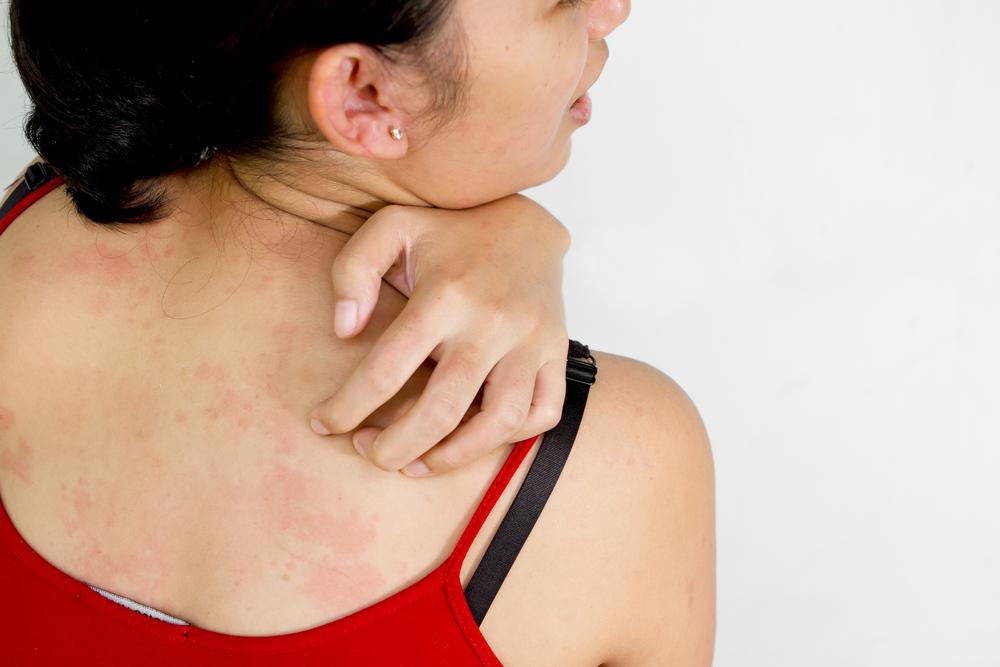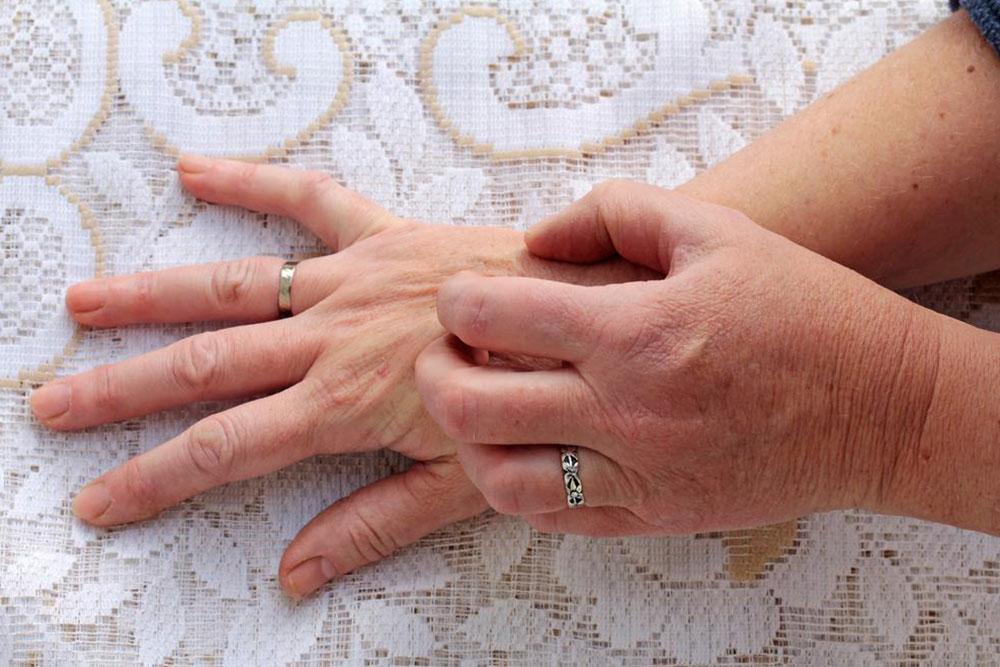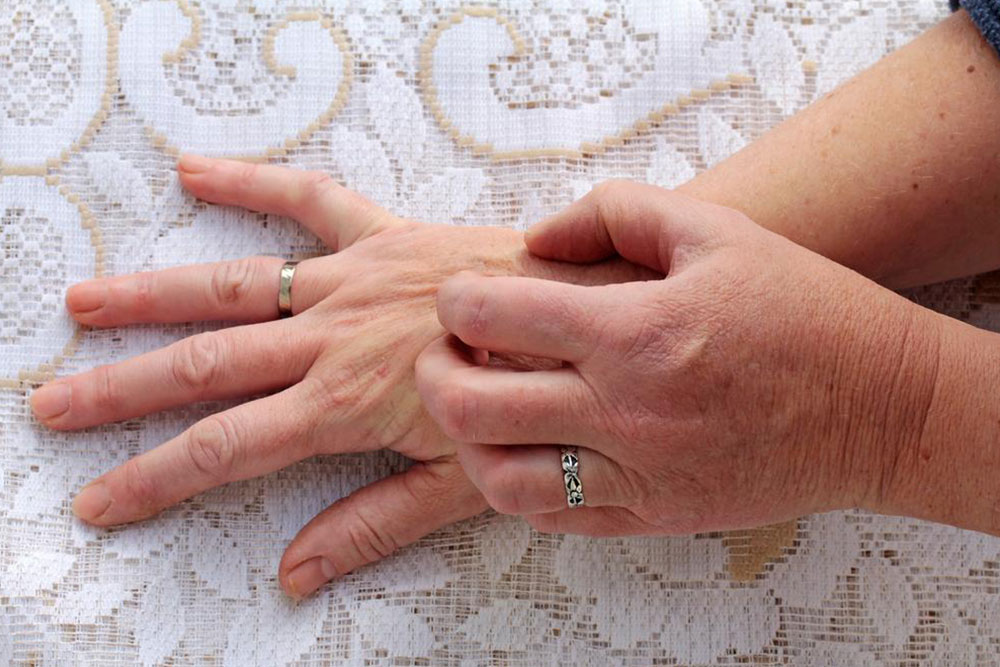Effective Strategies for Managing and Preventing Eczema
This comprehensive guide explores effective management and prevention strategies for eczema, including medication options, lifestyle modifications, and triggers to help sufferers control flare-ups and maintain healthy skin. It emphasizes the importance of moisturization, trigger avoidance, and professional medical support for optimal skin health.
Atopic dermatitis, commonly called eczema, presents as red, itchy skin and affects individuals across all ages, though it is prevalent among children. With over 31 million cases nationwide, this persistent condition tends to flare periodically. While a permanent cure remains elusive, proper management can reduce symptoms and flare-ups.
Treatment Approaches for Eczema
Despite ongoing treatments, eczema symptoms may persist for years, and relapses are common. Here are some management strategies:
Creams and Ointments
Medications like corticosteroid creams or ointments are commonly prescribed to ease itching and promote healing. For those over two years old, calcineurin inhibitors may be recommended to control skin reactions. Antibiotic creams are applied if infections or open sores are present. Always follow your doctor’s instructions and be aware of potential side effects like skin thinning.
Oral Medications
Doctors may prescribe oral antibiotics for bacterial infections, antihistamines to reduce allergy symptoms, and corticosteroids for severe cases. Short-term use is advised to avoid adverse effects.
Injectable Biological Therapies
FDA-approved biologic injections are reserved for severe cases unresponsive to other treatments. Though more costly, they are effective and safe under medical supervision.
Phototherapy
Light therapy involves controlled exposure to natural sunlight or artificial UVA and UVB rays, beneficial for those with treatment-resistant flare-ups or unresponsive skin.
Additional Support
Consulting a mental health professional can help manage emotional impacts. Techniques like relaxation and behavior modification may assist in reducing scratching and stress-related flare-ups.
Preventive Measures
Moisturize Regularly
Applying creams, lotions, and ointments helps lock in moisture, preventing dryness. Petroleum jelly is especially useful for infants or those at risk.
Avoid Triggers
Reduce exposure to irritants like harsh soaps, pollen, dust, and sweat. Certain foods such as milk, eggs, soy, and wheat can provoke eczema in children. Keeping a food diary and consulting a healthcare professional can help identify and avoid specific allergens.
Limit Bath Duration and Use Mild Soaps
Bathing in lukewarm water for no more than 15 minutes minimizes irritation. Adding a small amount of dilute household bleach may reduce bacteria but consult your doctor beforehand. Use gentle, fragrance-free soaps and pat skin dry without rubbing, followed by moisturizing immediately.
Perioral Dermatitis
This skin condition may occur with eczema, presenting as a rash around the mouth, nose, and eyes. It’s more common in women aged 20-45, often caused by topical steroid overuse or skincare products.
Treatment for Perioral Dermatitis
Management includes immunosuppressive or antibiotic creams and lifestyle changes like reducing spicy foods, minimizing cosmetic use, and practicing hygiene by washing pillowcases and towels periodically in hot water.
Note: Our platform provides informative content across various health topics. While our research is reliable, it’s essential to consult healthcare professionals for personalized advice. We disclaim responsibility for discrepancies or updates outside our publication.










